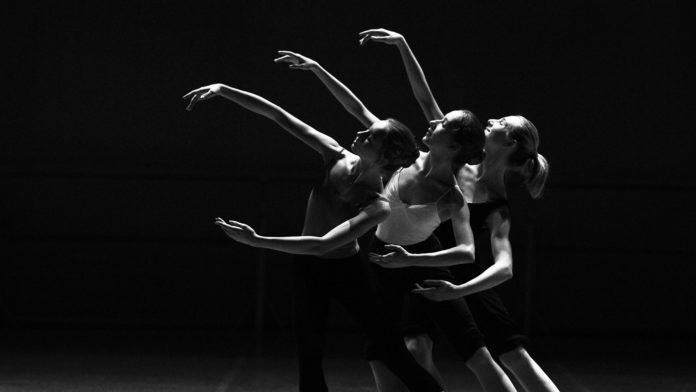When it comes to improving accessibility to sport for people with disabilities, it’s not enough to tear down physical barriers, like stairs and narrow doorways. Around 14 percent of Canadians have a sensory, intellectual, or physical disability, and there are prejudices and social barriers that can also hold them back from enjoying an active lifestyle.
University of Toronto kinesiology and physical education graduate Sara Santos and fourth-year student Natasha Bruno are helping break down social barriers to accessibility by giving a campaign to students with disabilities to tell their own stories of physical ability.
Finalists in the Innovative Designs for Accessibility (IDeA) competition, Santos and Bruno used their award to design a series of posters focussing on activities that students with disabilities can do. Their campaign focussed on the word “can” – shifting the conversation away from the restrictions and stereotypes that students face and shining a spotlight on their abilities in sport.
One University of Toronto student they interviewed, who has a hypermobility disorder that can cause joint pain, is quoted in the campaign: “I sometimes use a cane but I CAN dance.”
“Our project is really about illuminating the voices of individuals with disabilities versus having able-bodied individuals speaking on behalf of them,” said Santos in a statement.
These strong and inspiring messages could spark a conversation that not only illuminates the ways that students can participate, but that also opens up clear avenues for them to request accessibility accommodations that make it easier for them to stay engaged.
“We need to be aware of the different struggles individuals face,” adds Bruno.
The wide spectrum of abilities represented in their campaign shows a variety of ability levels, challenging stereotypes about what disability looks like. There are many faces to the disabilities that can limit participation, and physical barriers can change from day to day. Misunderstandings about the spectrum of disabilities can make it difficult for students to even make a request for resources that are available to them.
Faculty members Caroline Fusco and Kelly Arbour-Nicitopoulos supervised Santos and Bruno in the undergraduate thesis projects that led to the initiative.
IDeA is an Ontario-wide competition for undergraduate students with proposals for how to foster a culture of accessibility in Canada through social and technological innovations. The next round of applications opens on Nov. 1, 2018.








































